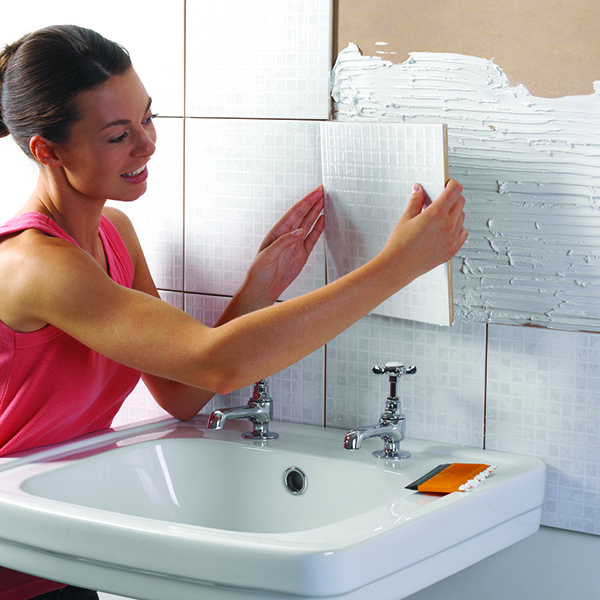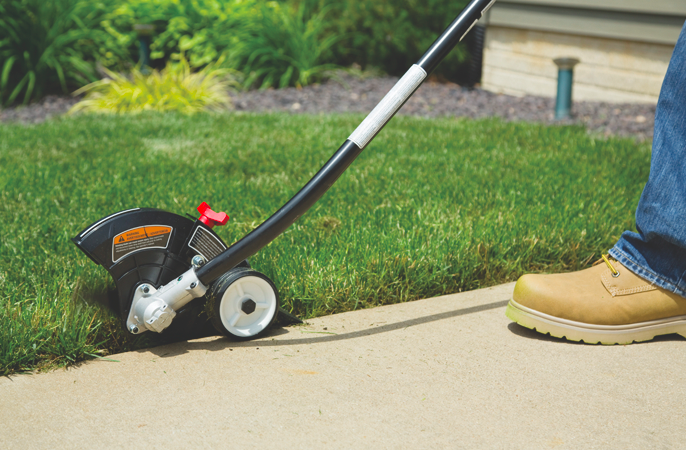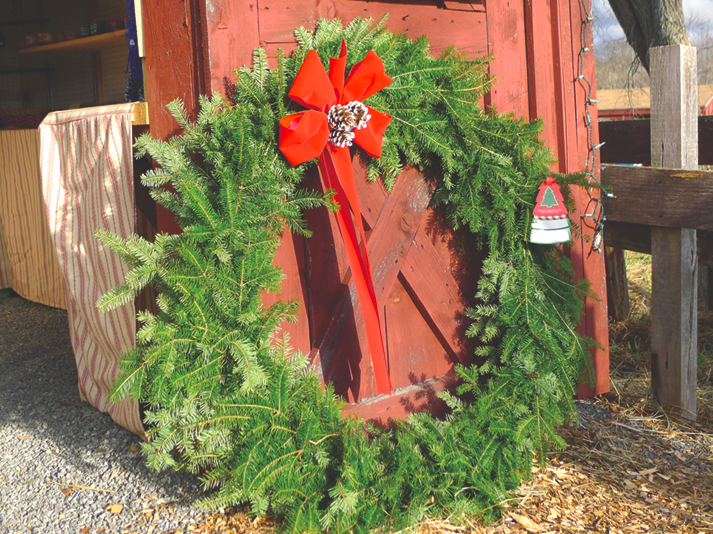Fall and winter can be tough on your home and your wallet. As temperatures drop, chances are your furnace will be working overtime. This results in two things – greater energy consumption and higher heating bills. In fact, costs associated with heating and cooling a home year-round typically comprise two-thirds of the average energy bill.
Try these easy DIY projects to help cut down on energy loss and expenses:
1. Replace worn weather-stripping around doors and windows. Worn weather-stripping can create drafts and let heated air out, stressing your furnace and compromising your comfort. Replacing it takes little time and is a low-cost, high-impact solution.
2. Top up or replace old insulation in your attic. A poorly insulated attic is a primary source of energy loss. Also, over time, some types of insulation can settle and compact, allowing heat to escape through gaps. Experts recommend topping up or replacing attic insulation with a dimensionally stable batt insulation like Roxul Comfortbatt. Aim for an R-value of at least R-50 or a depth of roughly 16 inches.
3. Insulate basement headers and walls. Uninsulated basement headers are common, especially in older homes. They can act as a gateway for heated air to escape. Fixing the problem is fast and easy. Simply cut Comfortbatt mineral wool insulation to fit the cavity and compress into place. Doing this throughout your basement will prevent heat loss and can potentially save hundreds of dollars each year.
4. Caulk around windows. Cracks and crevices are a source of heat loss. They can also be an entry point for water/moisture, as well as for unwelcome insects. Preventative maintenance, such as caulking, can improve energy efficiency and prevent costly repairs.
5. Change your furnace filter. Make it a point to check your furnace filter monthly, always changing it when it’s dirty. This will improve the performance and efficiency of your furnace, saving you money.

















